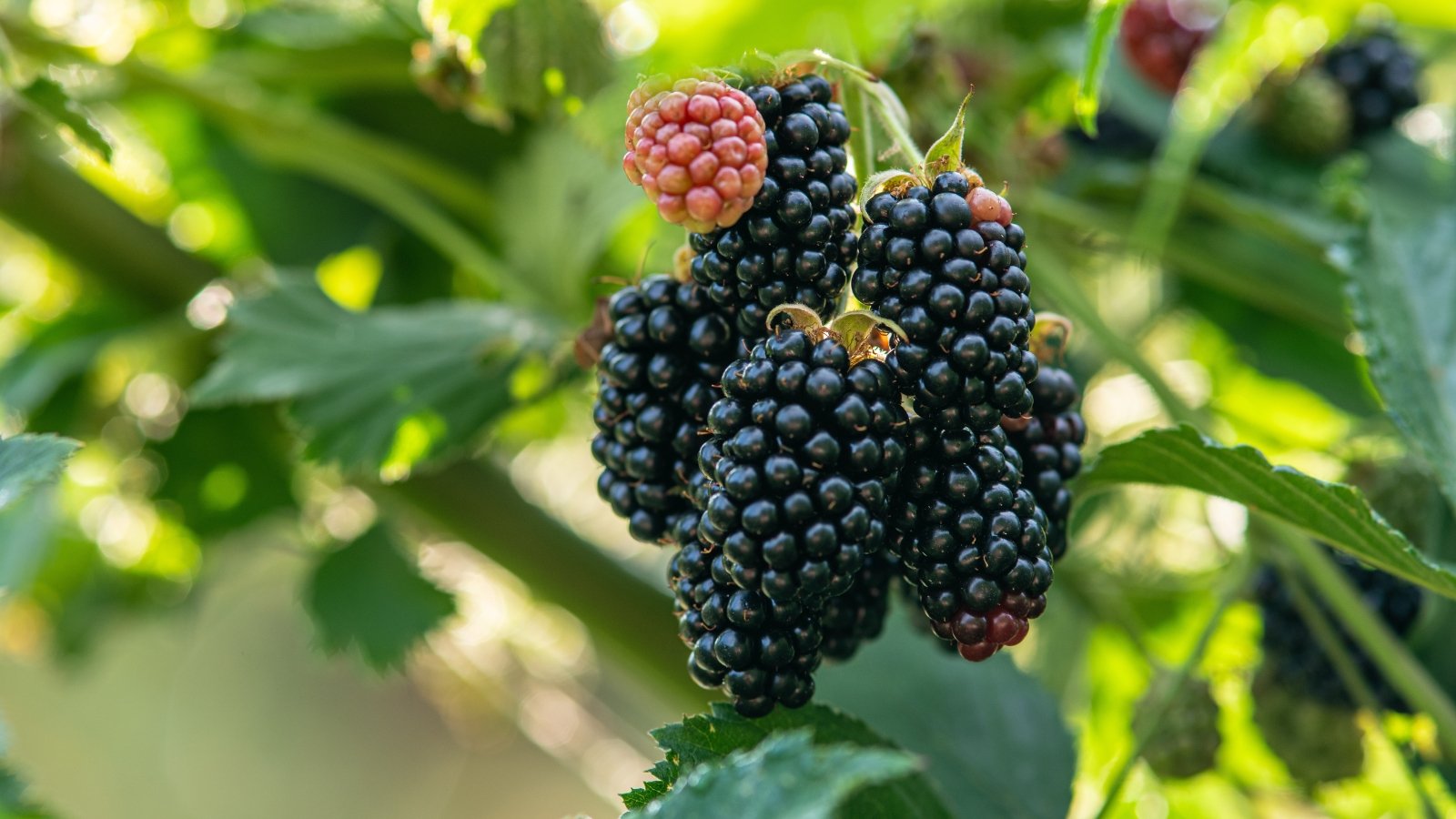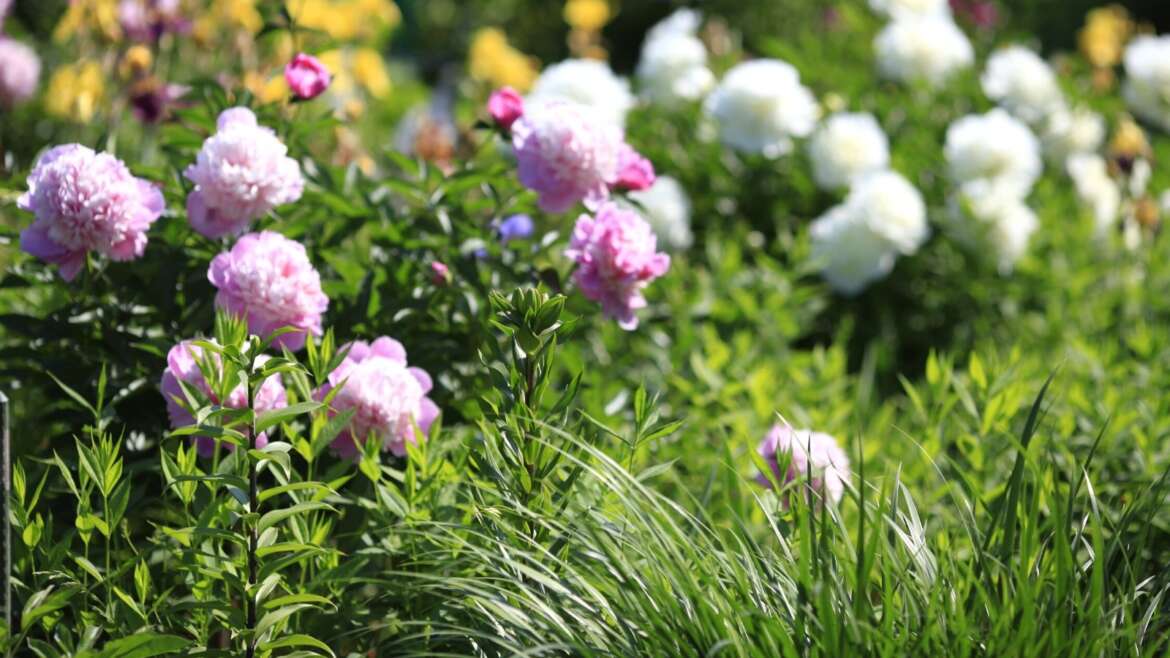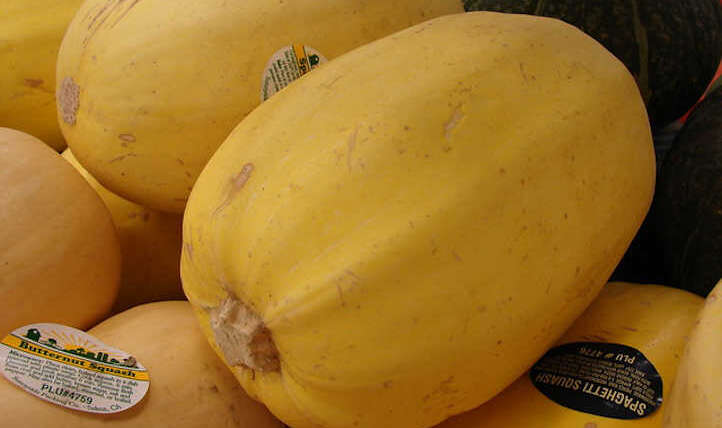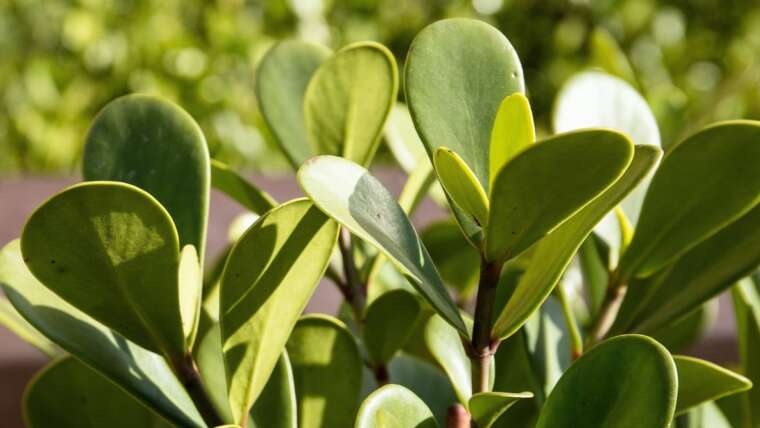Known for its Philly cheesesteaks and Amish communities, Pennsylvania encompasses nearly 45,000 square miles of land. The diverse landscape includes rolling forested hills, vast open grasslands, and the Allegheny Mountains. Nearly 60% of the state is forested, making it a gorgeous location for perennial native landscaping and fruit tree production.
Gardening in this part of the Northeast is more accessible and diverse than many realize. You can grow stunning white oaks, vibrant wildflowers, tasty peaches, and an abundance of vegetables.
With such a varied landscape across the state, your plant varieties and growing season ultimately depend on your growing zone. The USDA Plant Hardiness Zone Map divides the Keystone State into three main growing zones (and five half-zones) based on average annual extreme minimum temperature.
Let’s dig into the details of each growing zone in Pennsylvania.
Which Growing Zones are in Pennsylvania?
Pennsylvania spans USDA zones 5b to 8a, varying in climate.
Pennsylvania includes USDA growing zones 5b through 8a. From the Ohio River to the Allegheny and Appalachian Mountains to the eastern Piedmont region, gardening in Pennsylvania can vary dramatically based on location. The northern parts of the state are subject to frigid winters, while the southern and eastern regions are more mild.
The state includes three main growing zones based on 10°F (~5°C) differences in average annual minimum extreme temperatures. For more precise garden planning, each of these zones is further divided into a half-zone (i.e., growing zones 6a and 6b) with 5°F (2-3°C) interval accuracy.
The 2023 updates to the USDA Plant Hardiness Map shifted many areas to a warmer half-zone. While Pennsylvania used to include zones 5a-7b, it now covers zones 5b-8a. This means some parts of the state can reliably plant warmer-weather perennials.
Zone 5
 Zone 5 in Pennsylvania features cold winters, demanding hardy plants.
Zone 5 in Pennsylvania features cold winters, demanding hardy plants.
Pennsylvania’s growing zone 5 covers the northern area of the state, including major cities like Erie and Bradford. This area has cold winters, often reaching negative temperatures, with average extremes from -20°F to -10°F (-29°C to 23°C). Gardeners in zone 5 must prioritize landscape plants that can withstand harsh winter conditions.
Native perennials like ironweed, asters, coneflowers, columbines, blazing star, phlox, and beebalm are popular selections. Ornamental grasses such as switchgrass, little bluestem, and prairie dropseed reliably overwinter in this zone. Evergreen trees like arborvitae, Fraser fir, Carolina hemlock, and Eastern white pine perform well in home landscapes.
Annual vegetables grow well in Pennsylvania summers as long as they have enough time to mature. The short frost-free growing season of northern Pennsylvania typically spans from June to late September or early October. This means starting seeds indoors is very important for long-season crops.
In a region as cold as zone 5, it’s hard to imagine growing juicy, tender fruits. Surprisingly, a great diversity of fruit trees thrive in Pennsylvania! You can plant apples, grapes, pears, plums, mulberries, and even peaches. According to Pennsylvania State University, ‘Redhaven’ is the most popular and well-suited peach cultivar for the state.
Zone 6
 The central parts of Pennsylvania enjoy milder winters in Zone 6, supporting diverse plantings.
The central parts of Pennsylvania enjoy milder winters in Zone 6, supporting diverse plantings.
Central Pennsylvania and the Mid-Atlantic region, including Bedford, Altoona, and State College, reside in zone 6. Zone 6a has an average minimum low of -10 to -5°F (-23°C to -21°C), while zone 6b averages -5°F to 0°F (-21°C to -18°C). This area covers most of the state and includes varying landscapes from forests to rolling hills to the Allegheny and Appalachian mountains.
Gardeners here can expect milder winters and a longer growing season from approximately early May to early October. However, it’s important to be extra mindful of late spring frosts, which are especially common in higher elevation areas.
Zone 6 is ideal for beautiful native trees like black tupelo, sugar maple, river birch, and the gorgeous sweetbay magnolia. You can reliably grow a great diversity of cherries, plums, peaches, nectarines, pears, apples, and apricots. Winter pruning in late winter, around March, is ideal for orchardists in this zone.
Ornamentals like asters, beebalm, daffodils, delphiniums, hostas, irises, tulips, salvia, and even some hibiscus varieties perform excellently in these Pennsylvania gardens. Don’t forget to plant the fragrant star-shaped state flower, the mountain laurel shrub!
Zone 7
 Pittsburgh area and southeastern PA in zones 7a and 7b feature warmer winters, expanding plant options.
Pittsburgh area and southeastern PA in zones 7a and 7b feature warmer winters, expanding plant options.
The Pittsburgh area and much of southeastern Pennsylvania, including Harrisburg and Allentown, reside in zones 7a and 7b. These areas are characterized by extreme lows of 0 to 5°F and 5 to 10°F (-18 to -15°C and -15 to -12°C), respectively. Much of zone 7 used to be classified in zone 6, but weather data has shown a shift toward warmer winters in this region.
You can grow almost all of the plants mentioned in previous zones, plus more temperate perennials like roses (especially R. grandiflora and R. floribunda), cold hardy hibiscus (H. syriacus), and a variety of blueberries, raspberries, and blackberries. Vegetable gardeners can enjoy a longer frost-free growing zone from late April to late October.
Zone 8
 Philadelphia borders zones 7b and 8a, boasting warm winters.
Philadelphia borders zones 7b and 8a, boasting warm winters.
Philadelphia is right on the edge of zone 7b and 8a. Pennsylvania’s warmest zone includes the farthest eastern parts of the state, with average annual extreme lows from 10-15°F (-12 to -9°C). Much of this area was previously classified as zone 7b, but the 2023 updates to the USDA Plant Hardiness Map found that the winters are now at least 5-10°F warmer than previous decades.
With a frost-free season from early April to November, you can grow an incredible diversity of long-season crops. Most of the previously mentioned native perennials, fruit trees, and ornamentals will thrive in this mild temperate zone.
Final Thoughts
Avid gardeners in Pennsylvania have a huge diversity of plants to choose from. Winter-hardy fruit trees and native perennial wildflowers thrive in the cold winters and moist summers. Take note that much of the Northeast, specifically Pennsylvania, has shifted up a half-zone in the USDA’s 2023 updates to the growing zone map. As gardeners experience more mild winter weather, there are more opportunities for growing warmer-weather perennials.
When selecting trees, shrubs, and ornamentals for your Pennsylvania garden, remember to check the plant’s winter hardiness and consider your area’s growing season. If a species is right on the margins of your hardiness zone, you can grow it near a warm wall or use winter protection like deep mulch and frost blankets. If you want the lowest-maintenance garden possible, select native perennials that are well-adapted to the harsh winters of this northern state.




